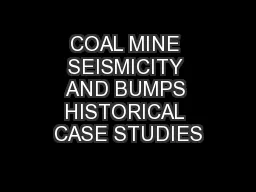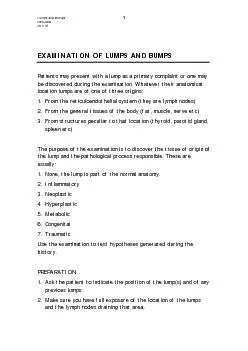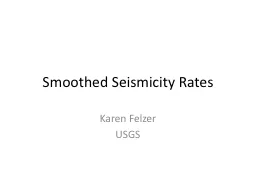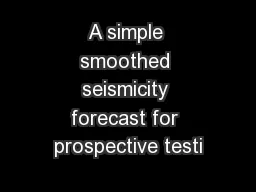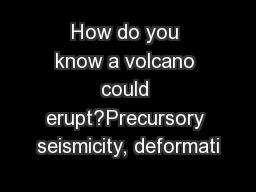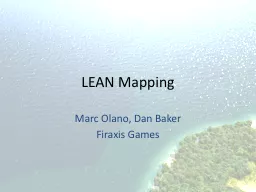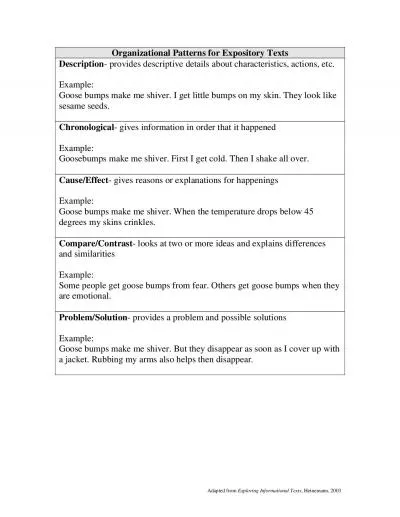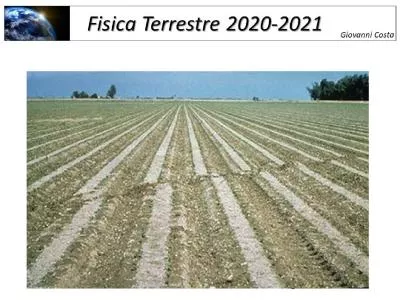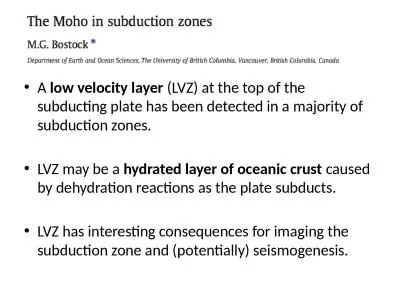PDF-COAL MINE SEISMICITY AND BUMPS HISTORICAL CASE STUDIES
Author : min-jolicoeur | Published Date : 2015-05-09
Ellenberger Mining Engineer Keith A Heasley Supervisory Physical Scientist National Institute for Occupational Safety and Health Pittsburgh Research Laboratory Pittsburgh
Presentation Embed Code
Download Presentation
Download Presentation The PPT/PDF document "COAL MINE SEISMICITY AND BUMPS HISTORICA..." is the property of its rightful owner. Permission is granted to download and print the materials on this website for personal, non-commercial use only, and to display it on your personal computer provided you do not modify the materials and that you retain all copyright notices contained in the materials. By downloading content from our website, you accept the terms of this agreement.
COAL MINE SEISMICITY AND BUMPS HISTORICAL CASE STUDIES: Transcript
Download Rules Of Document
"COAL MINE SEISMICITY AND BUMPS HISTORICAL CASE STUDIES"The content belongs to its owner. You may download and print it for personal use, without modification, and keep all copyright notices. By downloading, you agree to these terms.
Related Documents

